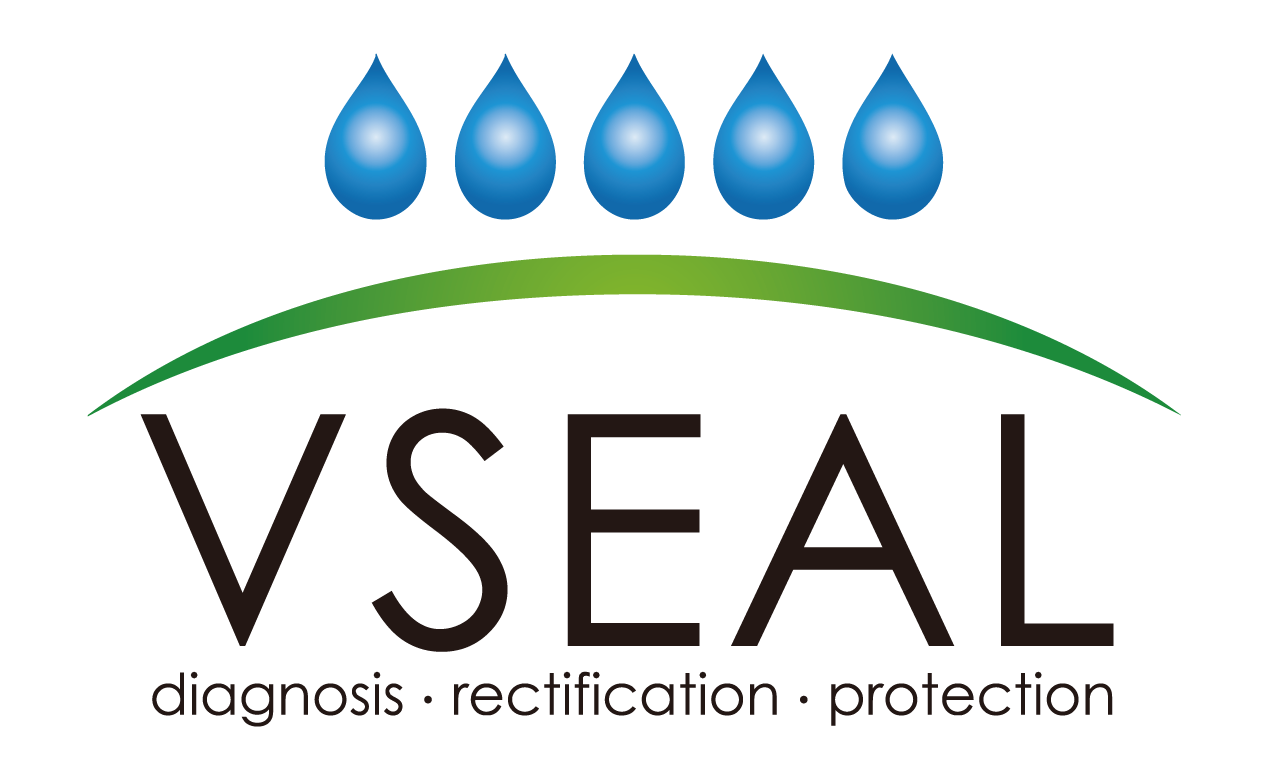Rope access engineering has become a game-changer for executing complex projects, especially in industries where reaching elevated or confined spaces is necessary. From high-rise buildings to offshore facilities, this method offers a safe, cost-efficient, and flexible alternative to traditional access systems such as scaffolding or cranes.
The Benefits of Rope Access in Engineering Projects
Why Rope Access is Ideal for Complex Tasks
When it comes to intricate engineering work, rope access provides unparalleled advantages. This method minimizes the need for bulky equipment and ensures work is carried out quickly and efficiently. Engineers can now access even the most challenging areas safely and without interrupting ongoing operations. Whether you’re inspecting towering structures or performing routine maintenance, rope access streamlines tasks that would otherwise be costly and time-consuming.
Types of Engineering Projects Using Rope Access
- Inspections and Assessments
Engineers often need to inspect hard-to-reach areas such as wind turbines, bridges, or high-rise buildings. Rope access makes it easier to conduct structural assessments, ensuring the integrity and safety of these assets.
From fixing wall cracks to conducting metal roof repairs, rope access is used to maintain and repair various structures without needing heavy machinery. Vseal Engineering is a specialist in high-rise building maintenance through rope access techniques, saving clients over 50% on accessibility costs.
- Structural Assessments on Offshore Facilities
Offshore engineering projects, such as oil rigs or wind farms, often face challenges due to harsh environments. Rope access allows for inspections and repairs in these confined or elevated spaces, ensuring safety and compliance without interrupting operations.
Key Advantages of Rope Access for Engineering
- Access to Hard-to-Reach Areas
Rope access eliminates the restrictions imposed by traditional methods. Engineers can perform tasks in difficult locations like rooftops, towers, and narrow spaces. This flexibility increases the speed of project delivery without sacrificing safety or quality.
- Cost and Time Efficiency
The quick setup and dismantling of rope access systems reduce project timelines and costs. Compared to scaffolding, which can take days to install, rope access enables work to commence almost immediately, ensuring a faster turnaround and lower labour costs.
Certifications and Expertise Required
Not just anyone can perform rope access engineering work. Skilled professionals must hold certifications such as IRATA (Industrial Rope Access Trade Association), which ensures high safety standards. Vseal Engineering employs certified rope access technicians who also possess the necessary engineering qualifications, guaranteeing that every job is performed with precision and expertise.
Conclusion
Rope access is revolutionizing the engineering sector, especially for complex and high-altitude projects. Whether for maintenance, repairs, or inspections, this method provides a cost-effective and efficient solution. If you have a challenging project that requires rope access, Vseal Engineering can provide the expertise needed to get the job done right.
FAQs
- What is the maximum height for rope access?
There is no fixed maximum height for rope access. Skilled technicians can work on structures as tall as skyscrapers or offshore platforms.
- How safe is rope access?
Rope access is highly safe when performed by certified technicians. All procedures follow strict international safety standards, and equipment is regularly inspected.
- What certifications do rope access engineers need?
Engineers must have both a technical qualification in their field and an IRATA certification to ensure the highest safety and competency levels.
- Can rope access be used for underwater projects?
Rope access is typically used for above-water tasks. For underwater engineering, other methods like diving or ROVs are more appropriate.
- What types of structures can benefit from rope access?
Rope access is ideal for tall or confined structures such as high-rise buildings, wind turbines, oil rigs, and bridges.
- How does rope access compare to scaffolding in terms of cost?
Rope access is significantly more cost-effective, as it eliminates the need for large equipment and long setup times, saving both time and money.
For all your rope access engineering needs, contact Vseal Engineering at 011-5691 9902. Learn more about our rope access services and how we can assist in your complex projects.

